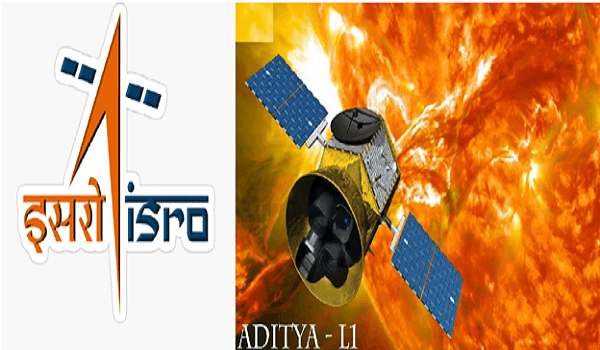Indian Space Research Organization launched Mission Aditya L1 aboard PSLV C57 from Sriharikota Space Center at 11.50 am on Sunday (2.09.2023). Aditya-L1 is ISRO’s second astronomy observatory-series mission after Astrosat (2015). Aditya-L1 will travel for approximately 100 days to cover the distance of 1.5 million km to L1. The Aditya L1 mission will be active for five years. It will spend its entire mission life orbiting in an irregularly shaped orbit around L1.
Objectives of Aditya’s L1 mission
- To study the solar upper atmospheric (chromosphere and corona) dynamics.
- Chromospheric and coronal heating, physics of partially ionized plasma, initiation of coronal mass ejections, and study of flares.
- Magnetic field topology and magnetic field measurements in the solar corona.
- To observe in-situ particle and plasma environments to study particle dynamics from the Sun.
- Diagnosis of coronal and coronal loop plasma: temperature, velocity, and density.
- Payload of Aditya L1 Mission
Aditya L1 is carrying a total of seven payloads, which are given in the table below
| Visible Emission Line Coronagraph (VELC) | Solar Ultraviolet Imaging Telescope (SUIT) | Solar Low Energy X-ray Spectrometer (S.O.L.E.X.S.) | High Energy L1 Orbiting X-ray Spectrometer (HEL1&X) |
| Aditya Solar Wind Particle Experiment (ASPEX) | Plasma Analyzer Package (P.A.P.A) | Advanced Tri-Axial High Resolution Digital Magnetometer |
Sun
- The Sun is the star located at the center of the solar system.
- Its radius is approximately 695,000 kilometers or 109 times that of Earth.
- The Sun is mainly composed of the chemical elements hydrogen and helium.
- The Sun’s atmosphere is made up of four parts: the photosphere, the chromosphere, the transition zone, the corona, and the heliosphere.
- The photosphere is the layer below which the Sun becomes opaque to visible light. This is the visible surface of the Sun.
- The chromosphere is the second layer above the photosphere.
- The solar transition zone is a region of the Sun’s atmosphere between the upper chromosphere and the corona.
- The Sun’s corona (the outermost layer of the star’s atmosphere) lies above the chromosphere and extends millions of kilometers into outer space. It contains plasma. It can be seen most easily during a total solar eclipse.
- The heliosphere is the magnetosphere, the astosphere, and the outermost atmospheric layer of the Sun. The “bubble” of the heliosphere is constantly “inflated” by the solar wind.
- The solar wind is a gas of charged particles known as plasma.

